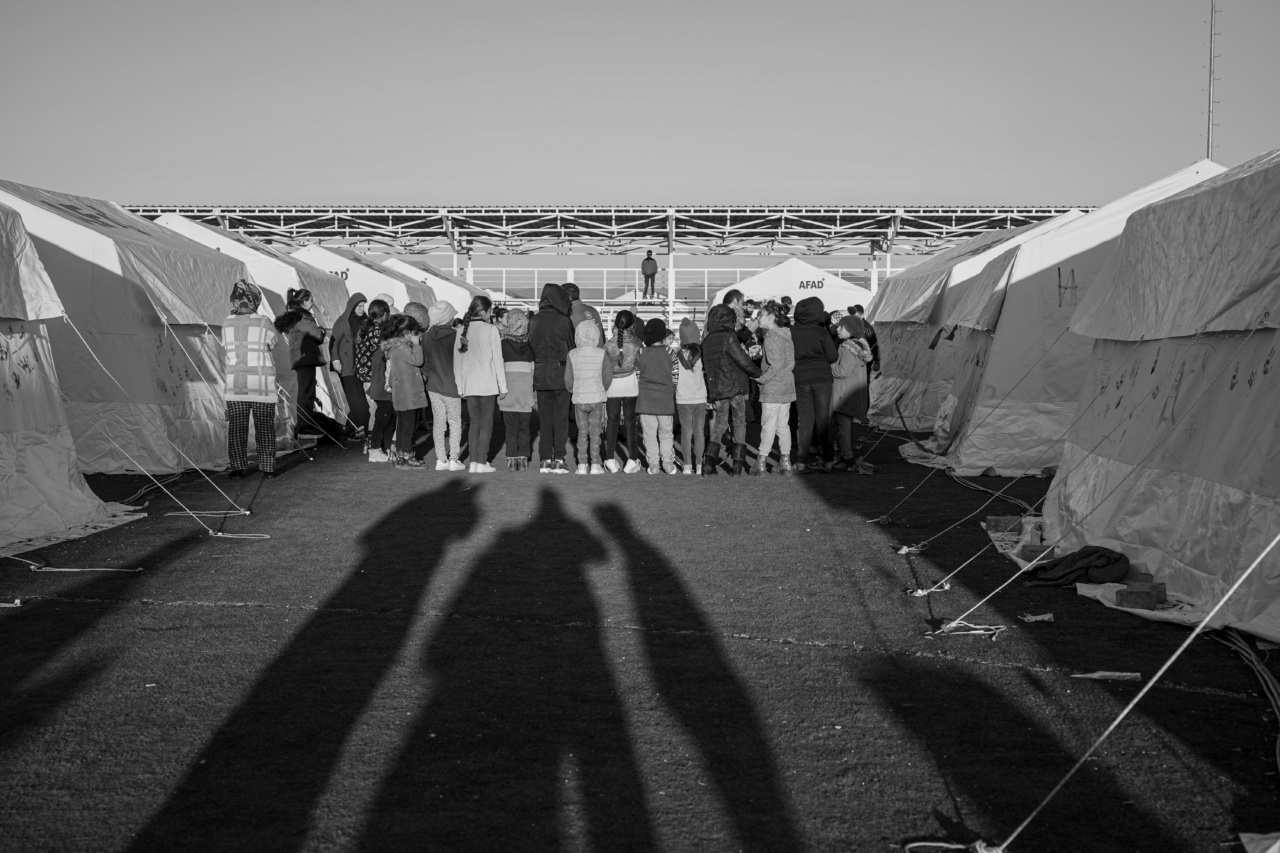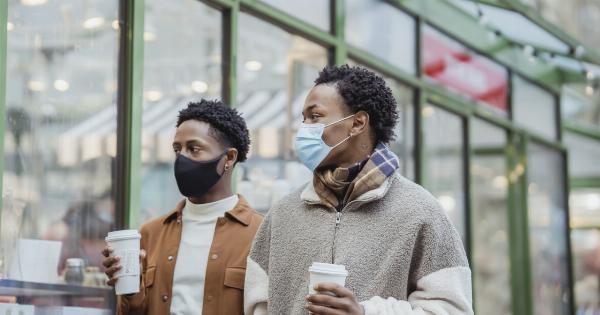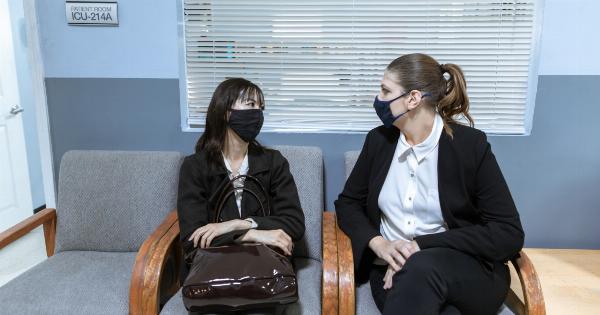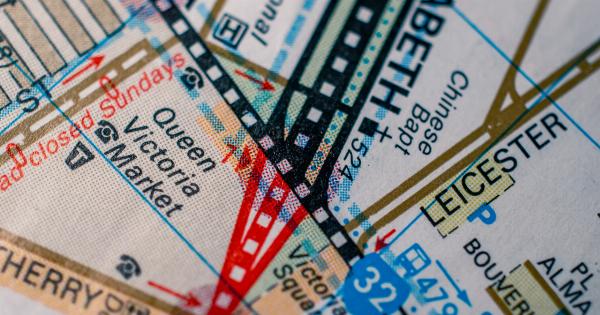Discovering that your child has been exposed to a harmful substance can be a terrifying and overwhelming experience for any parent. However, it is crucial to stay calm and act swiftly to ensure your child’s safety.
Knowing the appropriate emergency protocol for dealing with poisoned children can make a significant difference in their recovery. This article outlines a step-by-step guide on how to handle such emergencies effectively.
1. Assess the Situation
The first step is to assess the situation to determine the severity of the poisoning. Look for any visible signs or symptoms of distress in your child, such as difficulty breathing, vomiting, or unusual behavior.
It is also essential to identify the substance your child has ingested or come into contact with, as this information will aid medical professionals in providing appropriate treatment.
2. Call Poison Control
Reach out to your local poison control center immediately. The experts at poison control are trained to provide accurate guidance in such situations.
They will ask you specific questions about your child’s age, weight, symptoms, and the substance involved. Follow their instructions diligently, as they have access to a vast database of information regarding toxic substances and their appropriate treatments.
3. Do Not Induce Vomiting
In most cases, inducing vomiting is not recommended unless instructed otherwise by a medical professional or poison control. Encouraging vomiting may do more harm than good, especially if the substance ingested is corrosive or caustic.
It is best to wait for guidance from the experts.
4. Remove Contaminated Clothing
If the poison is on your child’s skin, carefully remove any contaminated clothing, taking care not to touch the affected area. Rinse the exposed skin with lukewarm water for at least 15 minutes.
However, be cautious if the substance is potentially reactive with water, as it may exacerbate the situation. Refer to the instructions provided by poison control or emergency services in such cases.
5. Contact Emergency Services
If your child’s condition appears to be severe or life-threatening, call emergency services immediately. Examples of such situations include difficulty breathing, loss of consciousness, seizures, or severe allergic reactions.
It is crucial to provide them with accurate information about your child’s condition, the substance involved, and any guidance received from poison control.
6. Follow First Aid Measures
While waiting for medical professionals to arrive or while on the way to the hospital, you can administer basic first aid measures if recommended by poison control.
These may include applying pressure to bleeding wounds, performing CPR in case of cardiac arrest, or providing rescue breaths if the child has stopped breathing. Ensure that you have received proper training in these procedures beforehand.
7. Do Not Provide Antidotes or Medication
Avoid giving your child any antidotes or medications unless specifically advised to do so by poison control or emergency services. Some substances may react differently when combined with specific antidotes, leading to further complications.
It is crucial to let medical professionals determine the appropriate course of treatment.
8. Bring the Poison Container
If possible, bring the container or any remaining contents of the poison to the hospital. This will assist medical professionals in identifying the substance accurately and providing appropriate treatment.
However, do not put yourself or your child at risk while obtaining or handling the container. Safety should always be the top priority.
9. Stay Calm and Reassure Your Child
Amidst the chaos, it is essential to remain calm and reassure your child that they are in safe hands. Your calm demeanor will help them feel more secure and prevent additional distress.
However, be honest with your child about the situation, explaining that they accidentally ingested or came into contact with something harmful and that medical professionals are working to make them better.
10. Follow Up with Healthcare Professionals
After the initial emergency has been addressed, it is crucial to follow up with healthcare professionals for ongoing care and monitoring. Even if your child appears to have fully recovered, some poisons can have delayed or long-term effects.
Healthcare professionals will guide you on any necessary tests, additional treatment, or observation required to ensure your child’s well-being.


























